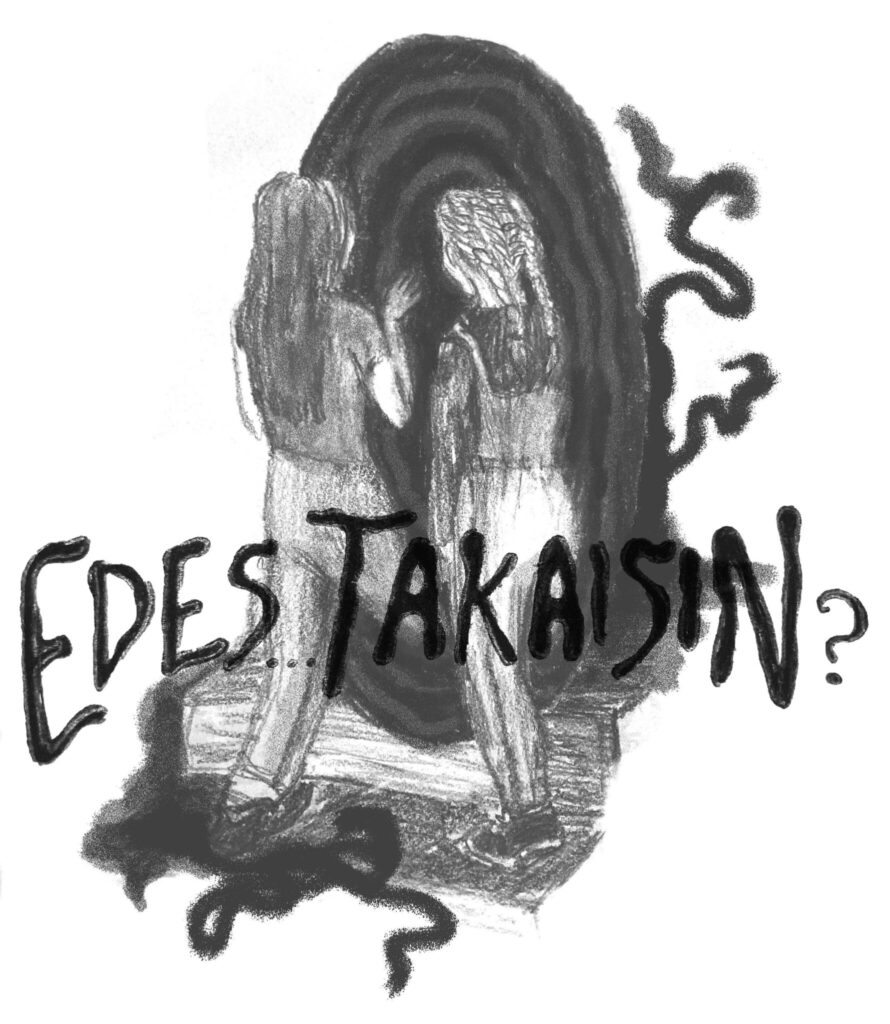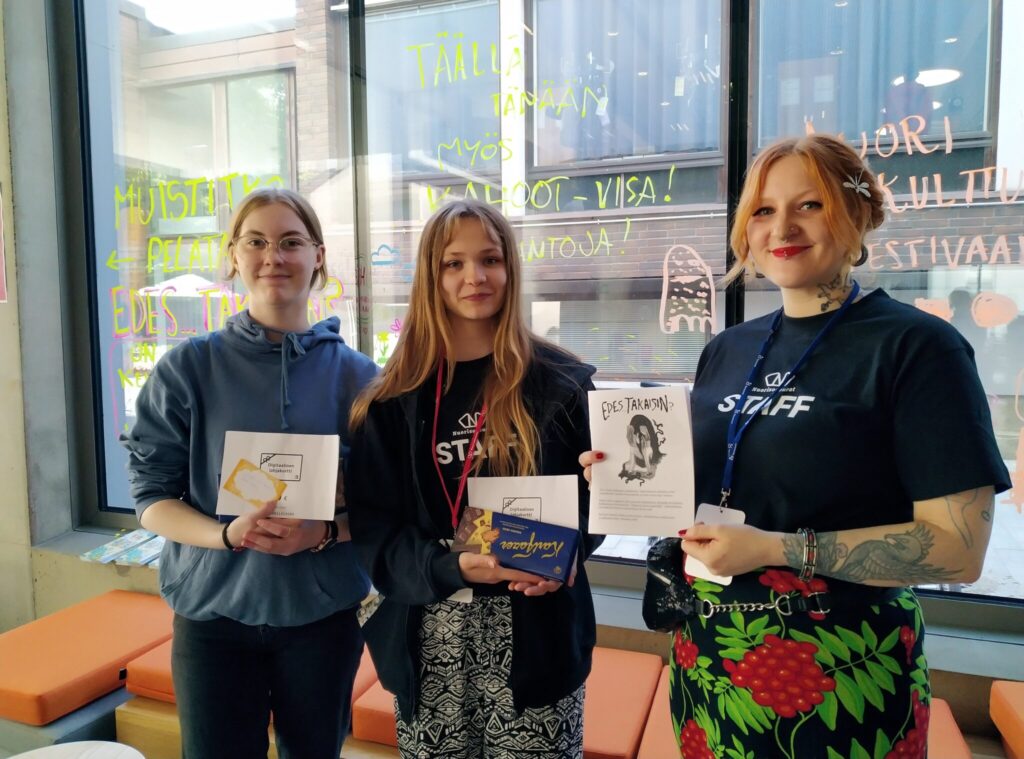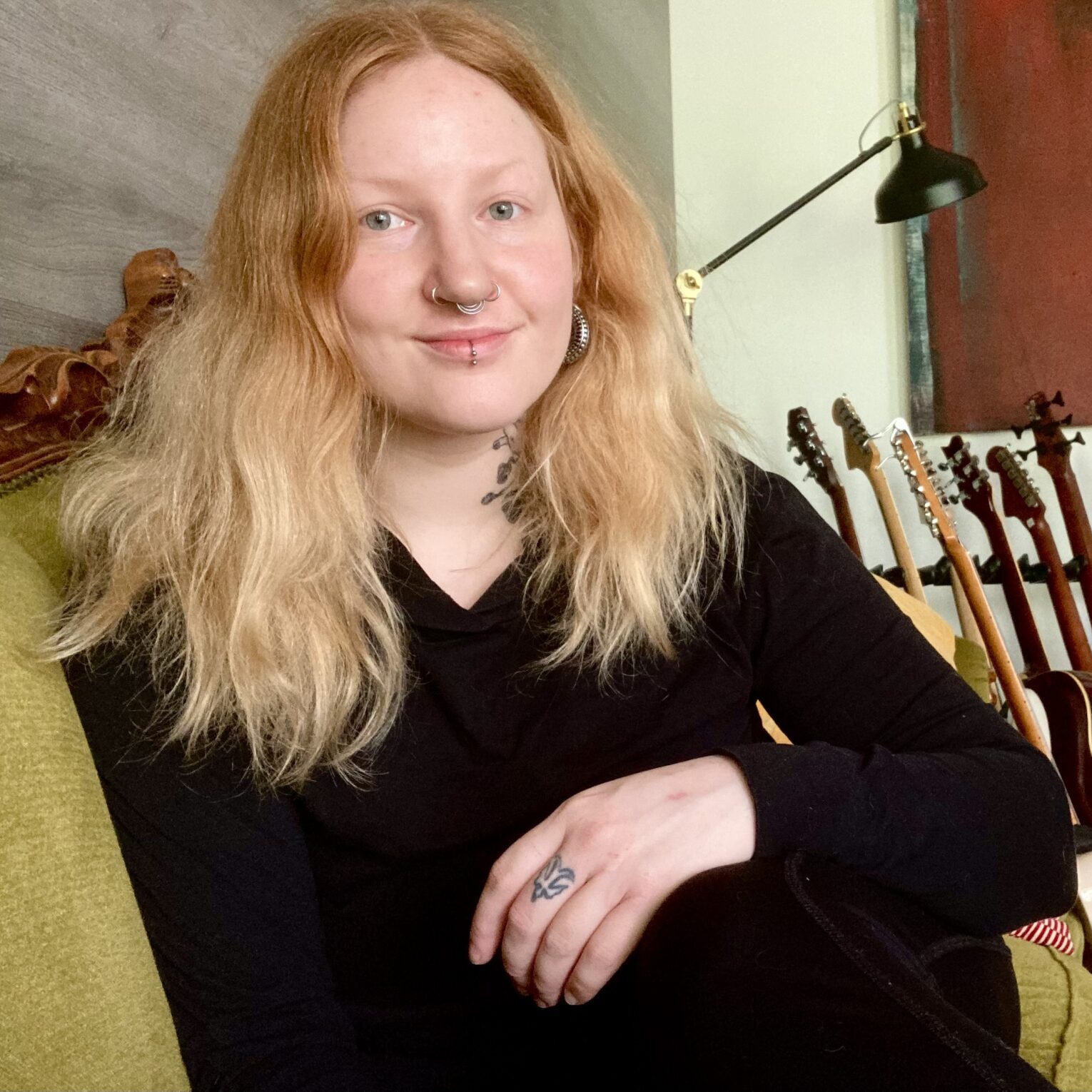For the second internship of my Community Educator studies, I jumped into a very particular project: a collaboration between Kuopio Museum and Young Culture Festival 2023 (Nuori Kulttuuri Festival). The festival took place on May 25-27th 2023, turning Kuopio city centre into an active and welcoming cultural environment for teenagers. The original idea of my internship was that I’d be displaying and promoting the museum’s digital content during the festival. I was given freedom to interpret this goal as I wanted and was also encouraged to create my own content for the festival.
I was charged with promoting the museum’s digital content – mostly Seppo.io games – to the target audience of this youth festival. Seppo.io is an educational game platform used by teachers, and so children have played these games primarily at school. It seemed a rather challenging task, then, to make these kinds of games interesting for 13–18-year-olds and to encourage them play these in their free time. I decided that the best way to find out what appealed to teenagers in these games was – of course – to play the games with actual teenagers. I also really wanted to create a new game with them to set an example of what might appeal to this target group. I also figured that this would provide Kuopio Museum with useful data for their future games and content.

A young visitor exploring the museum with the help of the game. Photo: Susanna Pitkänen.
First, I created a loose plan for the game: some plot ideas, game mechanics, how many teenagers I was looking to work with on the project and how much time the process would take. The next step was to build my team.
Alongside my studies, I work part-time as a youth leader in local community centres, so I asked around at work to see if some of our teenagers would be interested in joining this kind of project. Two 14-year-olds, Salla Kirjavainen and Ada Kokko, were really excited by the idea and together we became a game planning team.
When the planning team got together for the first time, we chose a few of the museum’s Seppo.io games to play. We then discussed the game platform and mechanics and brainstormed ideas for how we could develop these so that playing these games at the museum wouldn’t feel too much like playing educational games at school. The teenagers’ assessment was clear: the games should not be too information heavy, and they could be fun. This input established the essential criteria for our own game.

The museum’s existing digital games could either be played around the city centre or remotely from a single location, so we wanted our game to be played inside the museum as players explored its permanent exhibitions. We also wanted our game to utilize the information included in the exhibitions instead of offering additional information as the existing games did.
It felt important for the game to have a story, bringing a new fictional layer to the museum experience, while still using facts as a tool to navigate the game. The planning team unanimously felt that time travel was a fitting theme for a story that would lead players through exhibitions presenting eras from prehistoric times to the recent past. The idea behind incorporating fictional storytelling was to ensure that the game would be fun and approachable while still educating players about the museum’s exhibitions.
The game developed around the essential ideas we had but also took on a life of its own during the creative process. Our initial goal had been to create a mystery game, but it started to resemble a fictional tour around the museum’s exhibits. Sure, there were tasks for the players, but their main objective was to be observant of their surroundings and find answers to the game’s questions. We named the game “Edes…Takaisin?” which translates loosely as “Forth… Back?” but is also a play on words in Finnish: “(Will we) even (get) back?”. We found it funny considering our game’s premise was that the player has stepped into a wormhole and time traveled back in the past and the whole point of playing and completing tasks along the way is to find your way back to the present day.
We managed to complete the game around a week before the Young Culture Festival. The festival had been our original deadline, so we had some time to play the first version ourselves and make any last-minute changes. The first version of the game was a printed booklet where the player could fill out the answers to the game’s questions. During the festival we handed out these game booklets and pencils to museum visitors and encouraged them to try a different approach for their museum visit.
Right before the festival, I started working on the digital Seppo.io version of the game with museum learning producer Nina Alvejärvi and we continued after the festival as well. Salla, Ada and I had created some extra questions and tasks for the digital game that were not suitable for the printed booklet, but we were still keen to include in the game. The tasks were incorporated in the digital version. We tried our best to re-create the original game as closely as possible while embracing the possibilities offered by the digital platform. The final version of our Seppo.io is starting to come together and I am keen to see how this digital game will be received by audiences.
I quickly realised, when I started my internship, that the museum’s digital and other extra content was rather hidden and not widely publicised. One of my internship goals was to bring this content to public awareness. I designed posters promoting the existing Seppo.io games and posters were also produced for “Edes…Takaisin?”. These posters were displayed in the museum lobby at the beginning of the Young Culture Festival, and I believe they may still be there. I have seen a digital poster I created displayed on the museum’s screens, promoting their digital content. These – I hope – will help visitors discover the digital content.

The creators of Forth… Back game? [Edes…takaisin?]. Salla Kirjavainen, Aada Kokko and the author. Photo: Susanna Pitkänen
Looking back, the project obviously had solid foundations we were able to build on successfully. The independent work and planning I carried out before starting the actual game development with Salla and Ada was very important. As I was given a free hand by the museum, I had to put faith in my own ideas. For me this approach feels rather natural; I am used to carrying responsibility for creative projects in my own artistic practice as well. For those who are less familiar with this field of work, I would recommend starting with a good plan. The process may not always follow the plan, but it’s essential to have a solid plan in the background you can refer back to if you’re feeling lost. Create a clear structure and let your imagination fly around it!
Something I learned in this project was the importance of my role as team leader. Even though the two teenagers I was working with were active and showed great initiative, they still clearly expected me to guide them more than I was originally prepared for. My response was to start making clearer plans for them before each meeting, going through the plans at the beginning of each meeting and giving them some individual tasks. I feel this worked well and also had a positive effect on our teamwork. This feels like something that depends on the group you work with so my best advice would be to observe the needs of your group and develop their teamwork accordingly.

Author Anna-Linnea Usvalinna is a Finnish visual artist and second year community educator student at Humak’s Kuopio campus.








